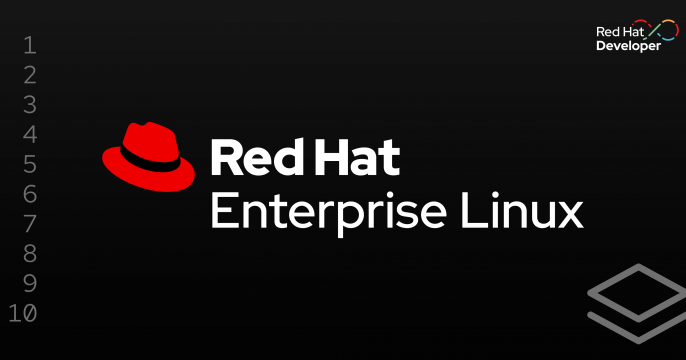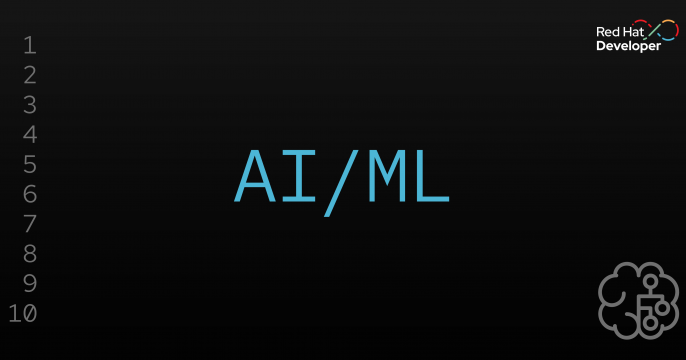Edge computing: Centralizing services into data centers
Edge computing is computing that takes place near the physical location of either the user or the source of the data. By placing computing services closer to these locations, users benefit from faster, more reliable services and companies benefit from the flexibility of hybrid cloud computing. Edge computing also allows the compute-intensive parts of a rendering pipeline to be offloaded to the cloud, preventing lags in computing power.
Latest edge computing articles

Discover how LF Energy SEAPATH, an open source reference design for real-time...

Learn how to access generic devices like cameras and serial ports from inside...

Learn about the 5 common stages of the inference workflow, from initial setup...

Learn how to leverage OCI for GitOps in OpenShift, reducing infrastructure...
Featured edge computing articles

Learn about Red Hat Device Edge, an edge computing solution targeting far...

FIDO Device Onboard (FDO) is a specification for onboarding edge devices....

Design and build an all-in-one Red Hat Device Edge management solution using...

Learn how to build Red Hat Device Edge images and manage field-deployed...
